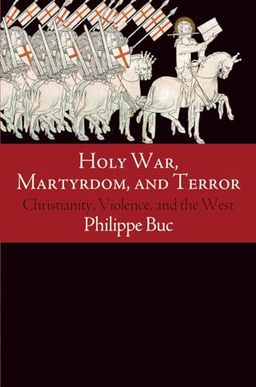

Blurred boundaries : questions of meaning in contemporary culture
- Utgiven: 1994
- ISBN: 9780253209009
- Sidor: 208 st
- Förlag: Indiana Univ. Press
- Format: Häftad
- Språk: Engelska
Om boken
Åtkomstkoder och digitalt tilläggsmaterial garanteras inte med begagnade böcker
Mer om Blurred boundaries : questions of meaning in contemporary culture (1994)
1994 släpptes boken Blurred boundaries : questions of meaning in contemporary culture skriven av Bill Nichols. Den är skriven på engelska och består av 208 sidor. Förlaget bakom boken är Indiana Univ. Press.
Köp boken Blurred boundaries : questions of meaning in contemporary culture på Studentapan och spara pengar.
Referera till Blurred boundaries : questions of meaning in contemporary culture
Harvard
Oxford
APA
Vancouver



















